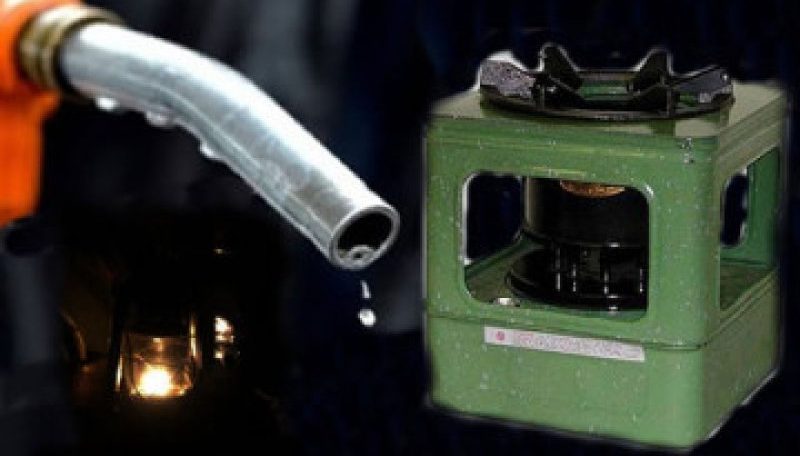This article discusses dual purpose kerosene, we defined the meaning and furthermore explained the different types of kerosene.
Dual Purpose Kerosene (DPK) plays a crucial role in providing energy solutions in areas without reliable access to electricity, contributing to improved lighting, cooking, and heating options for communities that need them.
What is DPK?
Dual Purpose Kerosene (DPK) is a specific grade of kerosene that is designed for use in both lighting and heating applications. It’s often formulated to have certain characteristics that make it suitable for these dual purposes. The “dual purpose” aspect refers to its ability to be used both as a fuel for lamps and as a heating fuel.
What is Kerosene?
Kerosene, also known as paraffin, lamp oil, and coal oil (an obsolete term), is a combustible hydrocarbon liquid majorly derived from petroleum and widely used as a fuel in the aviation industry as well as households. It is a thin, clear liquid that boils between 302°F and 527°F (150°C and 275°C). Kerosene can be extracted from coal, oil shale, and wood, but is primarily derived from refined petroleum.
Before electric lights became popular in Nigeria, kerosene was widely used in oil lamps and was one of the most important refinery products, with its annual production growing to approximately 1 billion gals (3.8 billion). Despite many homes being plumbed into the national grid for the supply of electricity, there are still a large number of homes that depend on their supply of kerosene despite it looking like an old-fashioned source of energy.
READ: DIFFERENCE BETWEEN PARAFFIN AND KEROSENE
Types of Kerosene
1) 2-K: Type 2-K contains 0.30 percent Sulphur by weight. This high Sulphur content tends to adversely affect the wicking ability of the kerosene. This causes the need for frequent maintenance and cleaning if used in a kerosene heater. If you don’t perform maintenance often, the buildup of Sulphur dioxide emissions can lead to fire or explosion. Type 2-K is known to emit more of a sulphureous odor, due to the higher concentration of Sulphur in the fuel.
2) 1-K: The type 1-K kerosene contains 0.04 percent Sulphur by weight. This is primarily used for all kerosene heaters. This type of kerosene is widely known as being refined enough to safely use with indoor heaters. Though cleaner than the 2-K type of kerosene, type 1-K still may emit harmful odors or vapors that can cause nausea. This type of kerosene can be very difficult to find.
5 Common Uses for Kerosene
- Lamps and Lighting Fuel. Kerosene is a very effective lighting fuel.
- Heating Oil. Large-scale kerosene heaters are rare, but you can find portable kerosene room models.
- Jet Engine Fuel.
- Fire Entertainment.
- Chemical Properties.
- Kerosene Uses in Your Home

